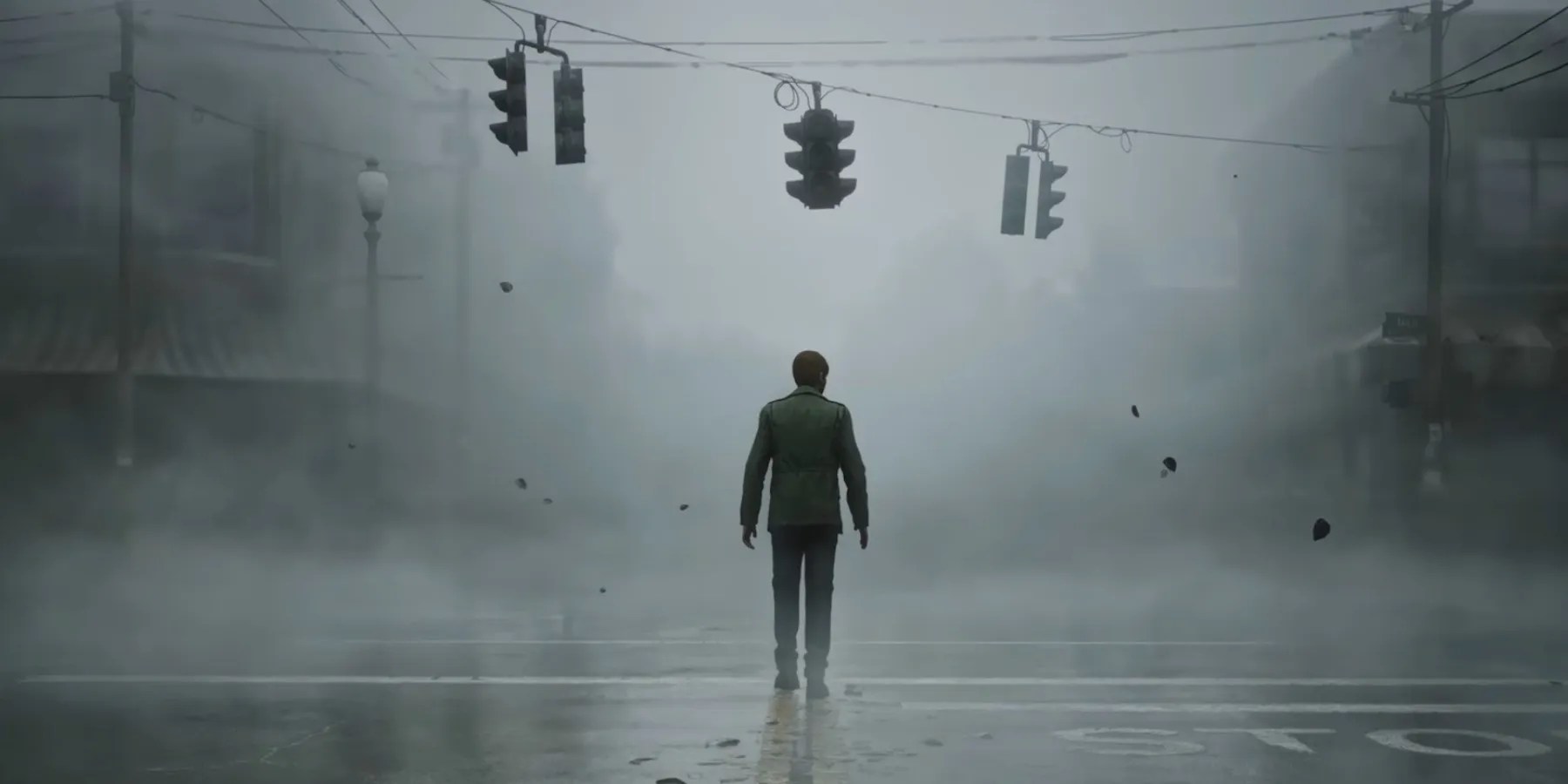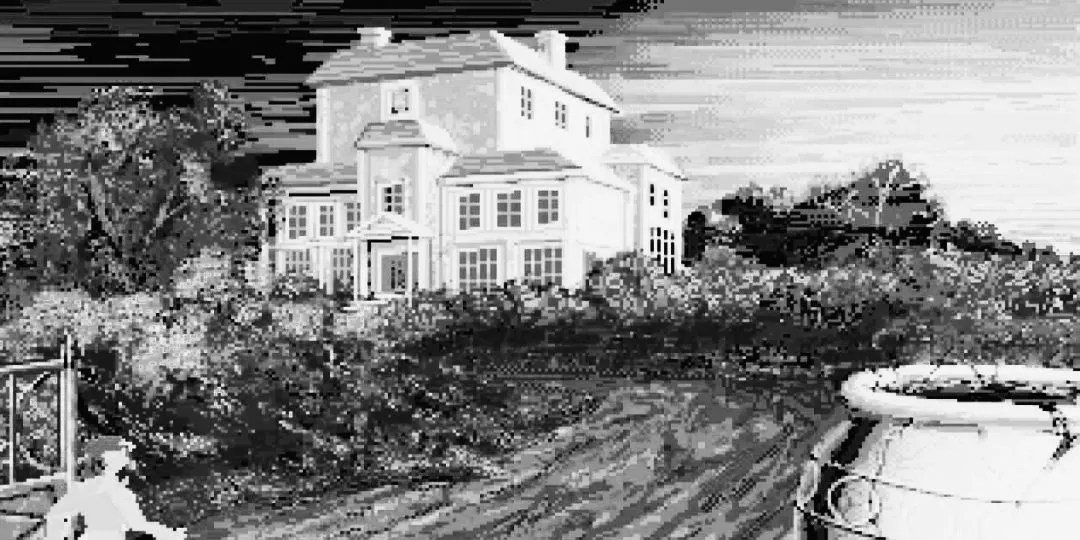Video games really put the “survival” bit in the phrase “survival horror.” Unlike other storytelling mediums — such as a survival-horror movie — there isn’t a (completely) fixed outcome. Players can’t passively watch what happens. Instead, they need the determination and skill set topower through hordes of zombies, or cult-infested towns.
And the stakes are higher. For starters, the player isn’t handed the whole story — they have to earn it — and a game’s interactivity makes it inherently more immersive. Finally, given the nature of horror video games,a character could die and halt the whole narrative— at least until the player clicks “retry.”

RELATED:Derelicts Interview: How One Developer is Creating a Survival Horror Game Without the Typical Zombies
That kind of give-and-take just doesn’t exist intraditional horror movies, though it’s clear that today’s most frightening films are taking cues from popular horror video games. Adaptations are one thing, but, over the last decade or so, there’s been a sort of horror movie revival. True, horror movies didn’t go anywhere, but they’ve certainly nabbed more mainstream appeal and pop culture currency as of late.

From storied franchises churning out new entries, a laHalloweenorScream, to more intimate, character-focused horror films that viewers can’t seem to shake —Midsommar,It Follows,The Babadook,Ti West’sXtrilogy, and so on — horror of all kinds is everywhere. Upon further inspection, today’s most beloved horror movies have psychological horror video games to thank to laying the foundation for this now-mainstream storytelling trend.
History of Horror Video Games
Unlike titles in other genres, horror video games put narrative and visuals above gameplay. Or that’s how things started, anyway. Yes, a horror video game should be playable. Ideally, the gameplay mechanics should complement the story, and augment its impact. But the earliest horror video games stemmed from a simple concept: how could game designersleverage their medium to scare players?
In the early 1970s, aHaunted Houseoverlay was included with the Magnavox Odyssey, and, althoughvery rudimentary, the 1972 effort pointed toward what was yet to come. Six years later, Taito’s classic arcade game,Space Invaders, debuted. A kind of precursor to proper survival horror games,Space Invadersfeatured menacing sound effects, which sped up in an attempt to frighten or panic a player.

By the ‘80s, text-based adventures likeMystery HouseandThe Lurking Horrortookcues from horror fiction, creating atmospheric, visual novels of sorts. And while not traditionally scary, the Sinclair ZX81 game3D Monster Mazecertainly induced suspense, perhaps inspiring horror game designers down the line.
Even in the 1980s, the interplay between horror movies and video games was clear. ASCII Corporation’sNostromo, a 1981 game about surviving the attacks of an invisible creature, was inspired by Scott Ridley’sAlien(1979). Popular slashers, likeFriday the 13th,Halloween, andThe Texas Chainsaw Massacre, all received licensed video game tie-ins.

By the 1990s, there was a more significant shift.Alone in the Dark, inspired by George Romero’s films, was an incredibly immersive survival-horror experience by 1992 standards. Using 3D figures and pre-rendered 2D backgrounds, the game created a real sense of suspense as players explored the environments. A few years later, Capcom drew inspiration from bothAlone in the Darkand their own 1989 horror role-playing game (RPG)Sweet Home, and released the originalResident Evil(1996).
The game’simpact was massive. Not only didResident Evilcoin the term “survival horror,” but it also popularized the zombie genre in film, inspiring28 Days Later(2002),Dawn of the Dead(2004), and, of course, its own movie series of the same name. At the end of the decade, Konami’sSilent Hill(1999) reshaped horror video games, popularizing a different sub-genre — psychological horror.

It’s widely agreed that there are now several subtypes of horror video games, including survival horror (Alone in the Dark,Fatal Frame); action horror (The Last of Us,Left 4 Dead); psychological horror (Eternal Darkness,Amnesia); jump-scare horror (the originalResident Evil,Five Nights at Freddy’s); and reverse horror, which sees the player controlling the threat (Carrion,Dead by Daylight).
How Have Psychological Horror Video Games Inspired Recent Horror Movies?
Survival horror and action horror games and movies are alive and well. Even though the height of the zombie craze has passed, there are still stories that leave a lasting impression, likeThe Last of Us. But in looking at some of the best horror movies of the late 2010s and early 2020s, a trend emerges almost immediately.
A list of the most popular horror films of the last half-decade or so would feature both mainstream successes and indie darlings alike, including:Midsommar,Us,Hereditary,The Witch,Smile,The Lighthouse,The Invisible Man,The Babadook,It Follows,The Night House,The Lodge,It Comes at Night,Skinamarink… The list goes on. And while movies in this genre have always existed (think:Silence of the Lambs,Black Swan,The Shining, and many more), it’s also what’s resonating the most right now.
All of these horror movies share a commonality: they focus on psychological horror and on evoking a terrifying atmosphere. More often than not, the central character is grappling with guilt, grief, or some other fear, which manifests in a more tangible way. While the phrase “horror video game” probably makes many folks think ofgunning down zombies, the rise of indie developers — and greater access to those indie games among players — has given rise to more nuanced, quiet depictions of horror.
In 2012,Slender: The Eight Pages, which is based on the quasi-folklore meme Slender Man, became a viral hit. The gameplay mechanics are simple; walk quickly — but not too quickly — through the dark woods, and find the titular eight pages, all while being stalked bySlender Man. An about-face that’s too quick, or running, can end the game.Slenderis all about jump scares and atmosphere, and it’s been followed by a number of deceptively simple, but incredibly immersive games. (Of course,Slenderitself has psychological horror classics likeAmnesiaandSilent Hillto thank, too.)
TradingResident Evil-style backstory complexity for distinctive atmosphere and top-notch storytelling (and scares) has yielded hits likeOutlast,Soma,Carrion,Mundaun,Visage,Darkwood,Chasing Static,Martha Is Dead,Five Nights at Freddy’s,Carrion,Lost in Vivo, andSignalis. Each game has a distinct visual style — and something haunting to share. Sometimes, it’s emotionally haunting, and other times it’s a blow to one’s sense of reality, but all of these psychological horror games tap into the same elements that make recent horror movies so successful, too.
Even Supermassive’s interactive movie-esque hits, likeUntil DawnandThe Quarry, focus on the psychology of their characters. It’s not only about how the environment and the (potential) monsters impact them, but how the rest of their group does, too. Movies have also traded over-the-top spectacle for more character-driven stories.
Whether the trend stems from games or is simply a byproduct of whatever creative, cultural moment we’re in, matters less.
What does matter is the effect. While immersive horror video games force players to question their reality at the moment, horror movies push viewers to question the world around them once they’ve left the theater. It’s all about what makes the central character tick — whether that character isSilent Hill’s “Everyman” Harry Mason,Carrion’s octopus monster, or the player themselves.